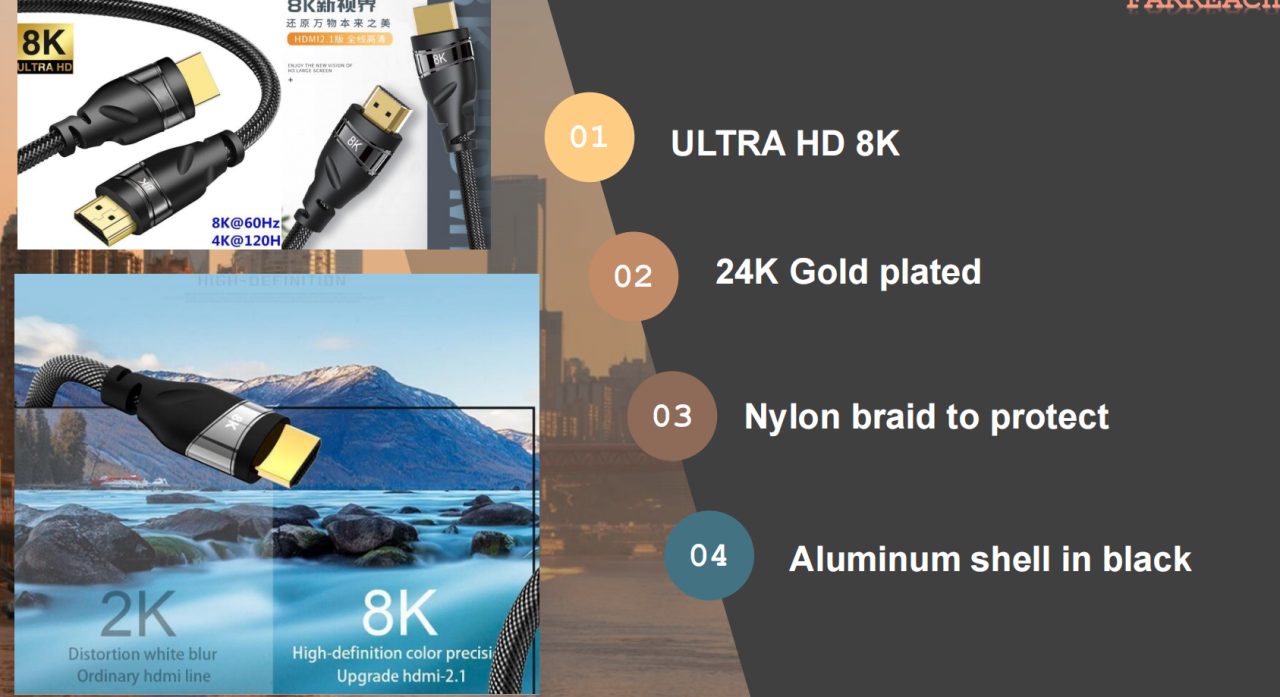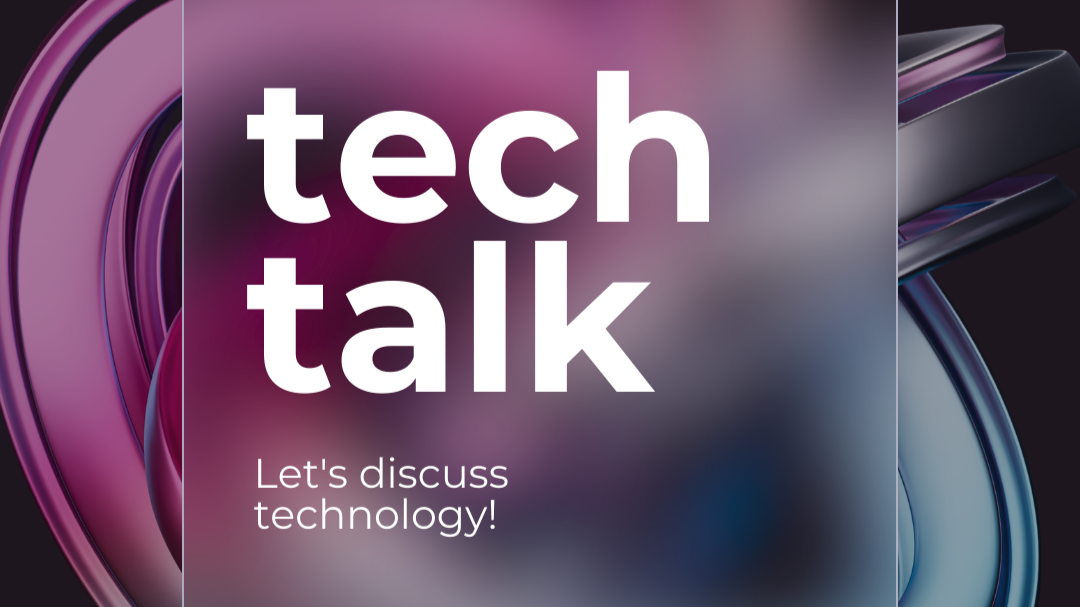Table Of Content
Table Of Content
Hi Friends,
I am Shaney and I come from STAR FIRE Tech, a professional connectivity solution and optical communication manufacturing vendor and provider since 2006,
An HDMI connector is the standard interface for connecting modern audio-visual devices together, With most home theater equipment, you can use it to send almost any type of video and audio signal.
However, many people are confused by HDMI connections, so this article looks at some common issues such as what’s the difference between HDMI versions and explains them in more detail.
Do you know What Are the Different Versions of HDMI?
Today, I would like to share some information with you about what are the different versions of HDMI, hope it’s helpful to all of you.

- HDMI 1.0
- The release version of the HDMI standard – an audio and video interface that allowed the transfer of standard and high-definition video
- Up to 8 channels of uncompressed digital audio
- Data transfer up to 4.9 Gb per second
- Playback of standard Blu-ray disc video and audio at full resolution
- HDMI 1.1
- Added support for DVD Audio

- HDMI 1.2 and 1.2a
- Support for the One Bit Audio format such as SACD (up to 8 channels)
- Fully specified support for Consumer Electronics Control (CEC)
- HDMI 1.3
- Increased bandwidth to 10.2 Gb per second.
- Improved color – support for Deep Colour and x.v.Colour. These provide increased color depths and the ability to reproduce any color the eye can see
- Lip sync – allows devices to automatically synchronize the picture and sound
- CEC extensions for controlling consumer electronic devices
- Support for streaming high-definition Dolby TrueHD and DTS-HD Master Audio to an AV receiver for decoding
- Defined two standards for HDMI cables – category 1 and 2 (see below)

- HDMI 1.4
- Support for increased resolutions – up to 3840 x 2160p at 25/30Hz and 4096 x 2160p at 24Hz
- Support for the audio return channel (ARC). Allows the TV to send audio from an HDMI connection to an AV receiver or soundbar. Therefore, allowing an easy way to send this audio to a home theater sound system
- Allowed for an Ethernet connection over HDMI – therefore allowing an internet or home network connection through the cables
- Support for 3D TV signals
- HDMI 2.0
- Supported bandwidth increased to 18Gb per second
- Added support for 4K Ultra HD resolutions at 60 frames per second
- Support for the BT.2020 standard for UHD TVs
- Support for up to 32 audio channels
- Support for up to 1536 kHz audio resolution
- Support for dual video streams to the same screen
- Added support for 21:9 aspect ratios
- The minimum standard required for HDCP 2.2 (copy protection for 4K video). However, if a device is HDMI 2.0, it doesn’t necessarily mean it supports HDCP 2.2. Unless there is HDCP 2.2 through the whole playback chain, then 4K video won’t play
- No need for a new cable; just use a category 1 or 2 cable
- HDMI 2.0a
- Added support for High Dynamic Range (HDR) video
- HDMI 2.0b
- Added support for Hybrid Log-Gamma (HLG) video – a form of HDR

- HDMI 2.1
- Added support for Dynamic HDR
- Support for 4K/120 and 8K/120 video resolutions
- Support for Display Stream Compression (DSC). This allows for Type A (uncompressed) and Type B (compressed) video
- Specified a new cable type – 48G. This supports a bandwidth of 46 Gb/s and uses HDMI type A (standard), C (mini) and D (micro) connectors
- Specified a new Enhanced Audio Return Channel (eARC). Allows the transfer of uncompressed and object-based audio from the TV to a home theater system via an existing HDMI connection. eARC also supports a new Auto Lip Sync feature.
- Support for enhanced gaming and media features such as:
- Variable Refresh Rate (VRR): allows the refresh rate of the screen to change to match how quickly the player can produce the content. This reduces lag and stutter during gaming. All devices in the chain need to support this.
- Auto Low Latency Mode (ALLM): when compatible devices are connected, they will automatically switch to their gaming modes. This means that they enable their best low latency settings for gaming. All devices in the chain need to support this.
- Quick Media Switching (QMS): removes any delay before content is displayed. For example, you may get a temporary black screen when you switch from one video source to another – especially if you are switching video resolutions or frame rates. QMS stops this black screen from happening. All devices in the chain need to support this.
- Quick Frame Transport (QFT): allows the source device to send video frames to the TV as soon as they are produced – rather than wait until the display device is ready for it. This reduces latency when gaming. All devices in the chain need to support this.
For various HDMI series cables with premium quality, discover more https://starfirecableshubs.com/product-category/cable-assy-converters/hdmi-cable
(1) Who We Are?
WE STAR FIRE TECH, was founded in 2006, and has more than 200 employees at present,is an excellent business partner for more than 300 brands worldwide to establish cooperation and sell A/V connectivity solution products as well as optical communication. Product applications cover consumer electronics, Telecommunication, machine vision, Medical, military, aerospace, education and other fields.
(3) Why Us?
① More than 10 years products design and development/ production experience .
② Relying on the technical background of South China University of Technology, the company has a complete professional structure & electronics & optics R&D team, and a complete quality control team, covering IQC/IPQC/OQC/SQE/QA, etc., for the whole process quality control.
③ 130+ different kinds of testing equipments, which help the products to be more stable and reliable in the market.
If you have any needs, Pls. kindly connect with us at sales@starfiretechcn.com









